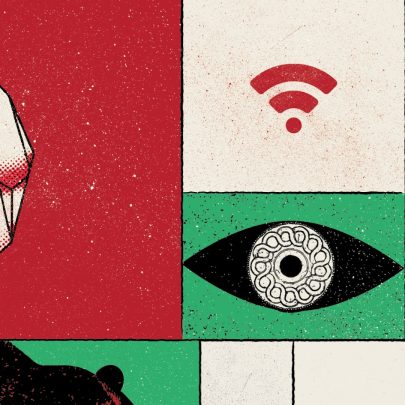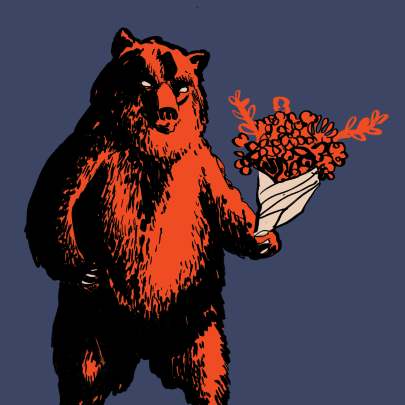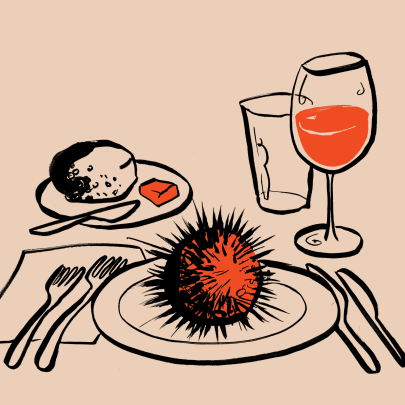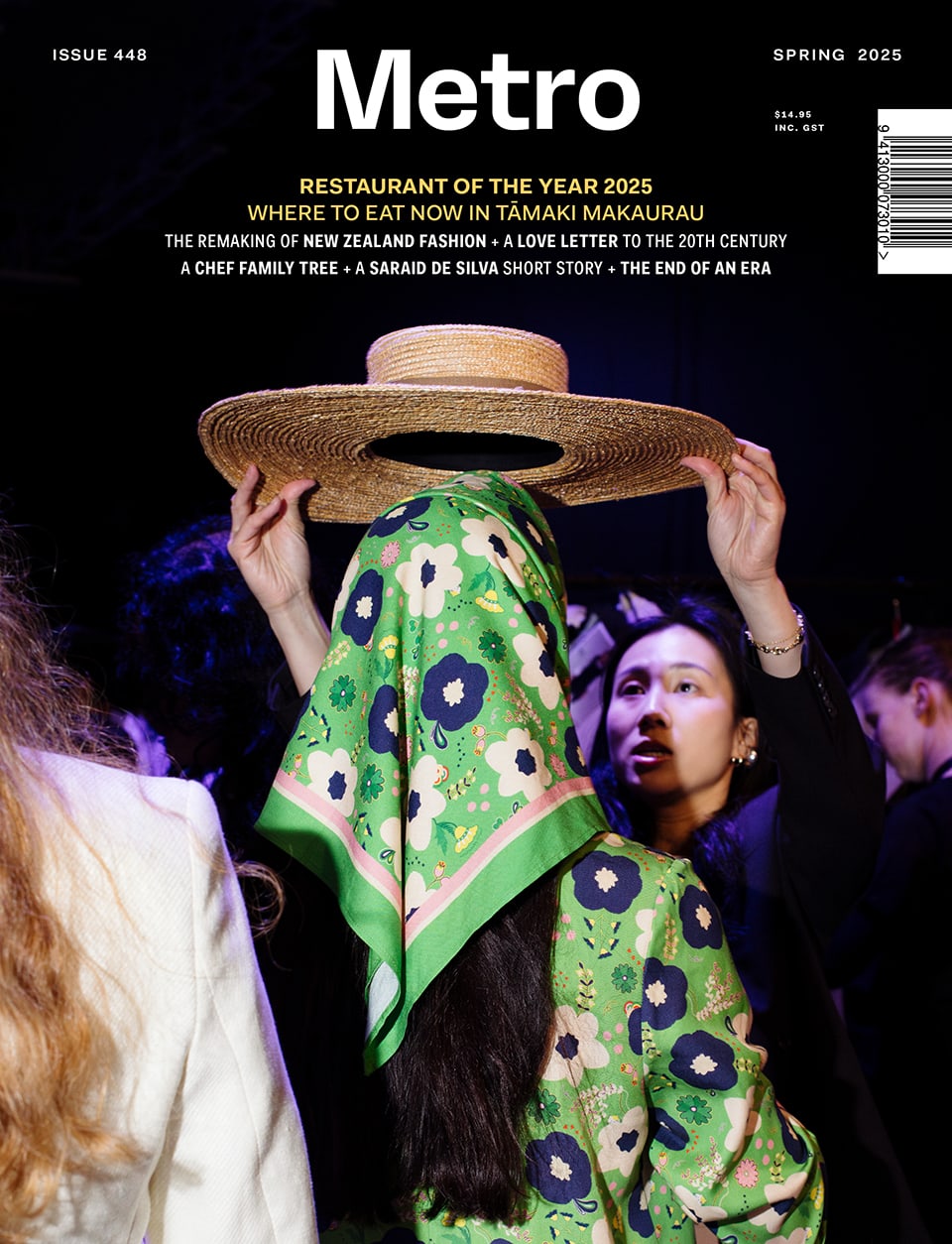Jul 23, 2025 Society
On Mother’s Day at Ōkahu Bay earlier this year, a campaign was launched among snapping smartphones, Gucci belts, glasses of wine and banners printed with slogans like “Don’t Let ‘Likes’ Replace Love”. The event was studded with former newsreaders, influencers and stars of television screens past: Matilda Rice, Rachel Smalley, Gemma McCaw, Richie Hardcore, Carolyn Taylor and Sam Wallace. If any teenagers were present — the very demographic the campaign aimed to affect most — they didn’t make it into the Instagram posts.
The campaign, called B416, is calling for New Zealand to follow Australia’s lead in banning under 16s from social media platforms, to be enforced by way of biometric scanning and ID tokens. Behind it is a line-up of high-profile (and rich-listed) women: Cecilia Robinson, Anna Mowbray, Nicole Green, Anna Curzon and Malindi MacLean, as well as paediatrician Manish Deva and senior research fellow at the University of Auckland Samantha Marsh.
Before the campaign even launched in proper, it had already made its mark politically. Prime Minister Christopher Luxon turned up to the event in a baby-blue linen suit, alongside fellow National MPs Erica Stanford and Catherine Wedd. Just days before the launch, Wedd had introduced the Social Media Age-Appropriate Users Bill, a members’ bill that aims to bar access to social media platforms for people aged under 16 years. Now, National has announced it is hoping for cross-party support. Labour has expressed interest. Winston Peters wants a select committee inquiry. ACT has made it clear that they won’t support the bill, while also believing a public inquiry is required. Green Party co-leader Chlöe Swarbrick described the bill as simplistic. Te Pati Māori haven’t yet announced what their position is.
For a campaign that arrived overnight, B416 quickly managed to dominate public and media discourse. There were glowing write-ups in Denizen and Capsule, endorsements from Duncan Garner and Nadia Lim (along with the aforementioned list of celebrities at the launch event), and an online petition that has gathered more than 17,000 signatures. A recent RNZ Reid Research poll found that 57.8% of those polled supported banning social media for under 16s. If there’s one thing this country’s voting public can get behind, it is a policy that sounds commonsensical but leans simplistically punitive — especially when it involves young people.
B416’s own social media presence offers a window into the movement’s worldview. Alongside the occasional expert voices are frequent doom-laden instances of worst-case scenarios geared toward the parents of teenagers: sextortion, cyberbullying, self-harm, social media addiction. Occasionally the campaign reshares clips of Jonathan Haidt, author of The Anxious Generation, the book credited with inspiring Australia’s ban. Critics of Haidt’s work argue that he overstates the harms of social media while glossing over the more complex, nuanced and positive place it has in the lives of young people.
What’s most striking about the campaign, however, is who is missing from it. Nowhere in B416’s postings, or in National Party comms around its well-timed members’ bill, will one find a Māori voice. Rangatahi Māori continue to face the highest rates of suicide and mental distress in Aotearoa, which already holds the unfortunate distinction of having the worst youth suicide rates out of the 36 OECD countries for which data is available. Māori children and young people are more likely to live in poverty, experience racism, and experience barriers to education and healthcare. Yet their perspectives are absent.
As are those of Pasifika, rainbow and disabled young people — communities where online spaces are not just distractions or dangers, but sometimes lifelines. Social media can be toxic, of course. But it can also be a connector. For many young people, it’s where they explore identity, seek out solidarity, share culture and access critical support systems they don’t otherwise have access to offline. For some, logging off isn’t safer, it’s just lonelier.
But at its worst, social media is indeed a hellscape — an unregulated space of misinformation, algorithms and advertising that we all spend far too much of our fleeting lives on. And so most are in agreement that it does come with the potential for harm. Still, the prevailing theme among experts in response to this campaign is that a ban is a step too far. Critics of the bill have flagged concerns around the moral panic nature of the movement, the implications for freedom of expression under the Bill of Rights, the dangers of biometric surveillance and the risks of digitally excluding already vulnerable children.
Social media is an easy target. If we genuinely cared about youth mental health, things get more complicated and, at the same time, less captivating to voters and to politicians looking for a popular issue to glue themselves to. We could ensure youth mental health services are appropriately funded. We might actually do something about the various existential crises that stress young people out the most. Or make better efforts to create a world where politicians don’t further marginalise vulnerable communities. We might make commitments to deal with one of the greatest determinants of poor mental health in this country, child poverty — an issue which has all but disappeared from our political discourse in recent years. We might ensure kids have warm secure homes, supported parents and something delicious to eat at school (that won’t burn them or give them food poisoning). We might make space for the voices of those who are most impacted by mental health challenges.
B416 describes itself as nonpartisan, with no political ties. This may be true in the technical sense, but in every meaningful way, the campaign is deeply political: a group of wealthy, mostly Pākehā business figures proposing a one-size-fits-all solution to an ethnically and economically stratified crisis. That the solution involves less state investment and more individual surveillance is an ideological, and pretty clearly political, position.
When it comes to youth mental health, we could do something that actually works, by following the advice of public health advocates, counsellors, social workers, academics, community leaders and so on, who have been yelling recommendations into the void since, well, forever. But then again, that work is difficult, systemic and enormously unphotogenic. Much easier to just log off.






